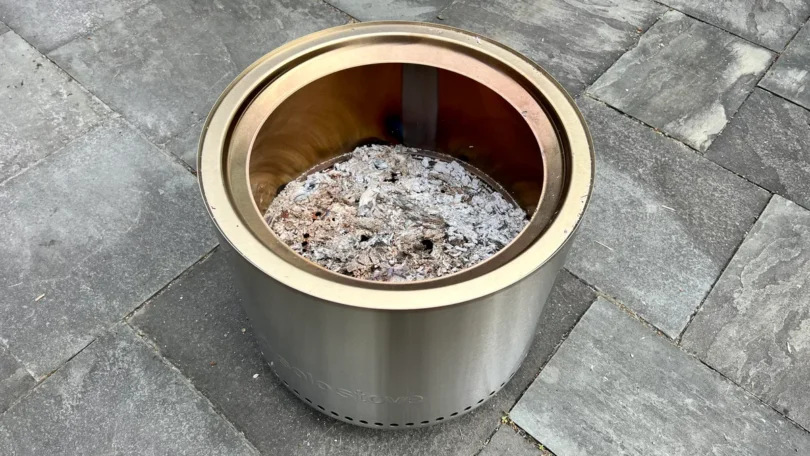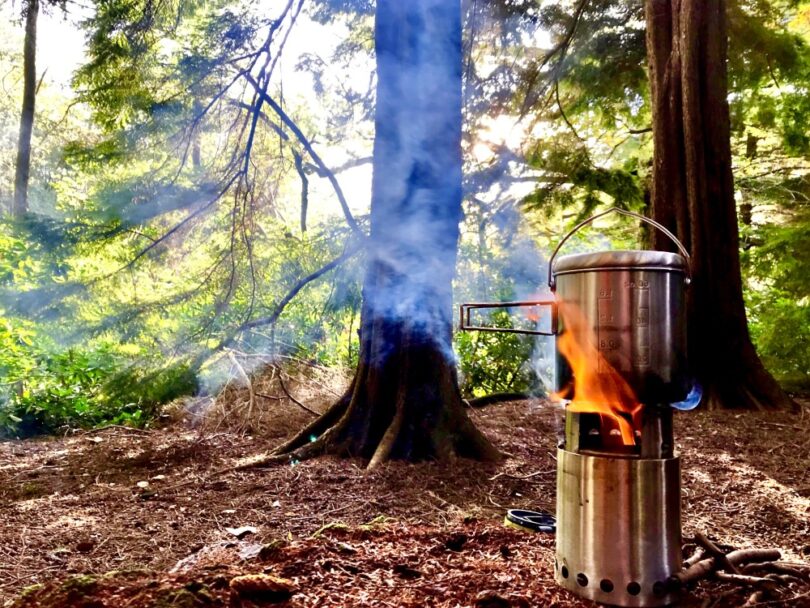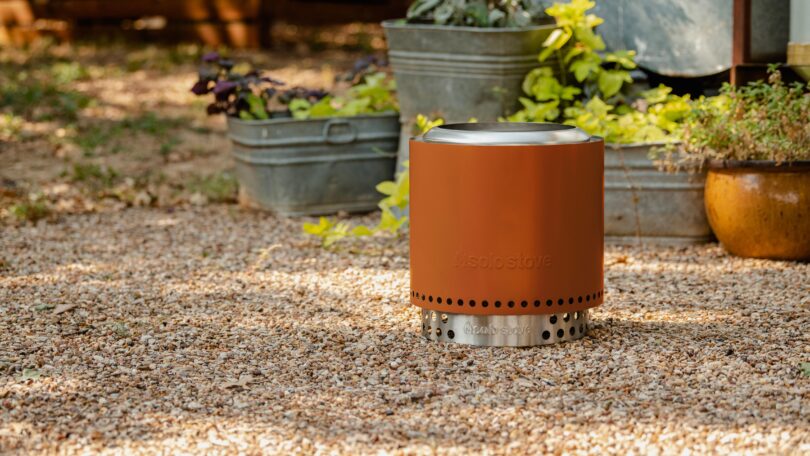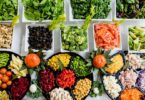Solo stoves are amazing pieces of equipment, and they have slowly yet surely made their comeback for most outdoor gatherings. Their portability is one of their best characteristics, hence why most people tend to purchase them. Do you own one yourself, or are you looking for a new addition to your barbeque list?
Because of how compact they are, you can take one along on road trips or weekend camping trips with ease + all of your friends and family can enjoy it. They are also useful in the garden. However, what type of mistakes can you make when maintaining them?
Most of these relate to safety, so it’s important to understand them before you begin installing your stove. Keep on reading to find out all there’s to it.
What is a solo stove and how does it work?

Source: reddit.com
A brand of fire pit called Solo Stoves emits hardly any smoke.
Because they are composed of stainless steel, these stoves are very efficient at burning fuel while still being lightweight and simple to clean, as well as easy to maintain and use.
There are many options, including a camping stove, along with available additional extras that you can purchase and install.
A solo stove could be compared to a portable fire pit. You will most surely enjoy its distinctive airflow characteristics. Why and how so? This is because the air enters through a series of holes drilled into the base.
This configuration makes sure that the fire’s base and crown are both receiving enough air.
The ensuing fire is so powerful that smoke emissions are greatly reduced.
4 Mistakes to avoid when using a Solo Stove when you are in nature
1. How to put out the fire?
While water can be used to extinguish a blaze, it is not recommended for use on a solo stove. There are several good reasons for this.
High-temperature steam can be generated rapidly in an enclosed fire, like the solo stove, and poses a serious risk of burns or scalds to anyone around.
The sudden and dramatic temperature change may cause the stainless steel to warp, rendering your solo stove inoperable and potentially nullifying the warranty. Creating ash soot by mixing water with ash results in a dirty, practically cement-like substance that can clog the air vents at the base of the solo stove fire pit.
Ash soot can include moisture, which could lead to corrosion or rust.
Although the sand is preferred to water, it can get stuck in the air intakes of the fire pit, making cleanup more difficult than if you were only dealing with ash. Using the solo stove lid when you’re ready to start putting out the fire is far more practical than waiting until the stove is cold enough to handle and cover.
2. Dump out the ash

Source: cnet.com
While you are not required to remove all ash from your device after each use, starting with an empty ash pan will guarantee that your fire pit has excellent ventilation.
It’s easy to overlook this step, but it’s also easy to implement and makes a significant effect Simply invert your fire pit to remove the ash.
If you cannot tilt your fire pit over, you can use a shop vacuum.
However, you must relocate your fire pit to the edge of your backyard or camping area. If you have nowhere else to place your ash, you can place it in an outdoor rubbish bag which you should bring with you.
3. Don’t put it on flammable surfaces
If you’re camping or cooking outside and outdoors make sure the space around your stove is clear before you fire it.
When using a solo stove, it is imperative that any flammable materials, including fuel, be moved away from the appliance.
Think about how far a fire could spread if the stove were to accidentally topple over while deciding how much room to clear around it.
Think about how dry the ground and surroundings are; dry dirt can easily catch fire, whereas wet earth does not provide as much of a concern.
Moving more stuff than you need to will increase safety.
If you’re camping in an area with a lot of grass, moss, leaves, etc., you should construct a stone ring or two around your stove.
It’s important to get rid of any flammable materials from the rings.
These stones will help build a sturdy firebreak around the stove and extinguish any stray sparks or embers.
4. Avoid low overhangs

Source: tentlife.co.uk
Once a fire starts, it’s simple to underestimate how high the flames can rise and how quickly this can happen.
Don’t forget to sometimes look up when you’re scanning the immediate area for danger.
Always make sure the space is secure above your site and the base by measuring the height of the surrounding area.
It’s crucial to consider the size of the fire and the potential direction of the wind.
Instead of later regret, it is preferable to err on the side of caution.
The manufacturer advises keeping a 20-foot distance between the stove and any potential hazards.
This category includes low branches, patio overhangs, and awnings.
The heat that the fire generates may be sufficient to badly damage the overhang even if it doesn’t really catch.
Keep in mind that an overhanging building may obstruct the stove’s ventilation, causing smoke to accumulate beneath the unit. Just know that you’re at risk if you’re seated close by.
It is strongly advised to clear the sky of any potential fire hazards, such as burning structures.
Where to get a fire pit?
If you’re ready to start cooking and you want to have fun with your friends and family you need to be properly equipped. Cooking begins with proper equipment, as well as your knowledge and the use of high-quality tools. If you’re looking for fire pits, heaters, covers, or even a tutorial/blog on how to use your stove visit this site, and find your perfect Solo Stove Firepit! They will help you make a successful purchase.







